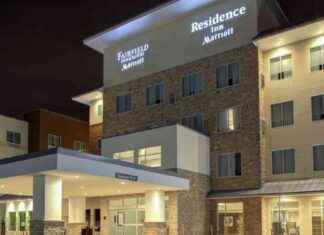The American Bus Association said industry saw decline in revenue of $13B
Yellowstone and Grand Teton national parks have declared big group tours with security measures meant to limit the spread of COVID-19, including wearing masks and being analyzed with 72 hours before the excursion or showing evidence of vaccination.
American Bus Association President Pete Pantuso called it a”reasonable” approach, citing increased demand and interest from individuals to visit, The Billings Gazette reported. But he said he doesn’t expect charter and bus operations to observe a lot of traffic until later in the summer and fall.
Officials at Yellowstone National Park stopped all bus traffic in the park last year in response to the coronavirus pandemic, besides delaying park openings, decreasing park staff and improving cleaning measures in public centers.
The American Bus Association stated the tour side of this bus business took a hit last year due to the coronavirus pandemic. Approximately 3,000 motorcoach companies and 36,000 buses, each with a 50-passenger capacity, were”brought to a standstill,” in line with the association’s website.
Pantuso said the 3 sectors of the busing firm — which includes passenger services like Greyhound — saw a combined decrease in revenue from $15 billion in 2019 to $2 billion final year.
“This year we might hit $5 billion,” Pantuso said. “We think it will be a slow return”
Morgan Warthin, a spokesperson for Yellowstone, worried that the bus industry provided the idea to test all riders or need vaccinations, not the park service.
“Importantly, this is not a’vaccine mandate’ imposed by Yellowstone, but instead a collaborative effort with the industry to allow operators to increase capacity,” Warthin stated, citing improved visitation and tourism since more people are wanting to be outside.
Bus charter suppliers must now meet park criteria for vaccinations or testing or be limited to 50% capacity or 10 people, for example, driver and manual, whichever is greater. The details of the arrangement are set out in the park’s 2021 Commercial Vehicle Occupancy Standards.







